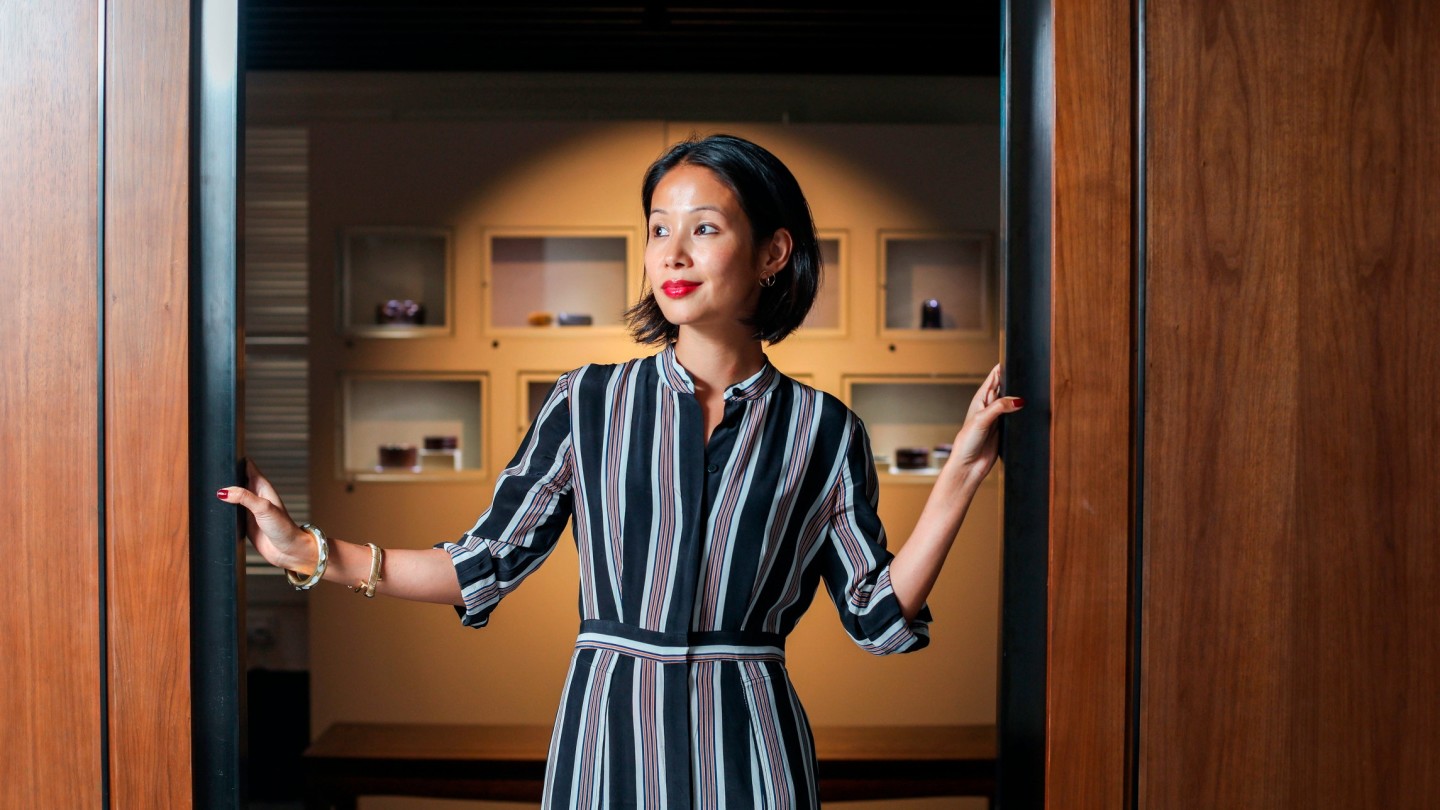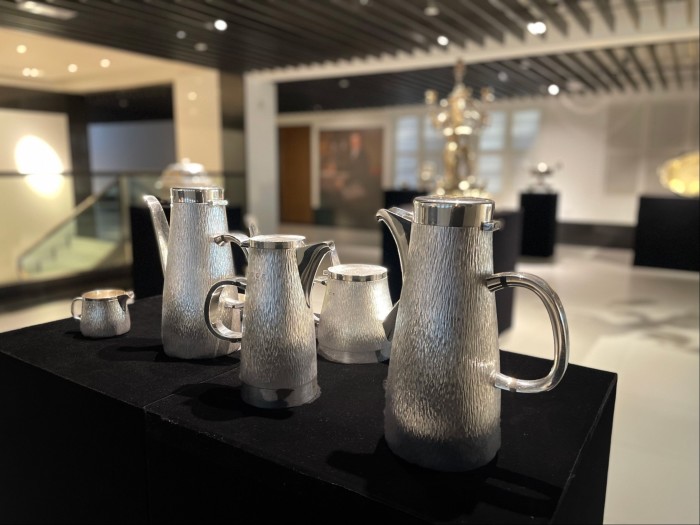Liang Yi Museum — where you can touch the exhibits

Roula Khalaf, Editor of the FT, selects her favourite stories in this weekly newsletter.
Hollywood Road in Hong Kong has become something of a tourist trap, with art galleries and antique shops densely clustered along the steep, narrow road. But it was here, in the late 1970s, that investment banker Peter Fung started haunting the shops and buying furniture and antiques.
According to his daughter Lynn Fung, the collection started when her father went out to acquire a new sofa — but returned with a pair of antique wooden chairs. “My mother wasn’t best pleased, particularly as they were extremely uncomfortable,” she laughs.

But that first purchase sparked in her father a life-long interest in antique Ming and Qing furniture, vanity cases, Japanese antiques and 18th-century silver, so much so that every Saturday, “rain, shine or typhoon”, Fung went on buying expeditions after a dim sum lunch.
“At the time Hollywood Road was the mecca for antique collectors. In addition, as my father studied engineering, he is fascinated by how things are put together — so the skill in making antique furniture or vanity cases intrigued him,” Fung says.
Over the decades the Fung home gradually filled with his acquisitions and, as a teenager, Lynn admits, she was rather embarrassed to bring friends home. “They found it spooky to sleep in a Ming six-poster bed that everyone was convinced was haunted.”
Today the collection is one of the world’s foremost assemblies of Ming and Qing huanghuali and zitan (hard woods) furniture. “About 70-80 per cent of the furniture was bought from dealers in the Hollywood Road,” says Fung. So it was natural that when Peter Fung decided to display his treasures — now grown to about 7,000 objects — in his own museum, it was right on that road. He renovated a 1960s building and created four floors of display space: this March marks the 10th anniversary of its opening.

Peter Fung’s buying has slowed considerably and the running of the Liang Yi museum has now been handed on to Lynn. She manages it from London, where she is now based. “The timezone means that I can work on the museum in the morning and be with my children [aged four years and 18 months] in the afternoon,” she says. She has not followed in her father’s footsteps as far as collecting is concerned: “Maybe because I grew up with so much, I am more minimalist in my approach.”
But she is hands-on in giving direction to the museum, and one aspect that is important to her is the display. The layout of the museum reflects her taste — “I wanted to give the pieces space,” says Lynn. “We prize the visitor experience: most of the exhibits can be touched, and visitors are encouraged to sit on the furniture.” You have to book a visit, and docents are there to explain. There are even handling workshops open to small groups for the most delicate objects.
“My father wants recognition for Chinese furniture alongside other crafts, and, it must be said, that as a businessman he is also aware of its value as an investment,” says Lynn. “I can’t affirm that the physical space will survive forever; as with most families we don’t really discuss that aspect of the future, but we certainly don’t intend to sell anything.”

She is partnering with museums outside Hong Kong and currently working on a show themed around antique boxes, to be held in Hangzhou in early 2025. She is also excited about working on a joint exhibition with the Toledo Museum of Art in Ohio; they will pair their Old Master paintings with Liang Yi’s Chinese furniture for a three-city tour in China starting in September this year.
I ask her how difficult it is to promote a museum that shows works that are not — I choose my word carefully — “trendy”, in an art world fixated on Modern and contemporary art. She gently corrects the word “trendy” to “timeless” and explains: “That is my mission as a steward of the collection, to make these beautiful pieces relevant and interesting to today’s generation and the following ones.”

Comments